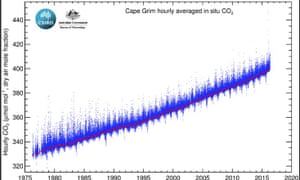- Thread starter
- Banned
- #81
We are facing an approximate increase of 1 degree average over the past century
No we aren't.
That's why to show a "sea level rise" your side cherry picks three island chains on the lip of the Pacific Ring of Fire, because THERE IS NO SEA LEVEL RISE, as 90% of Earth ice on Antarctica adds at least 80 billion tons of ice every year.
 I think you've confused my comment with that of a liberal Warmer. It had nothing to do with sea ice. Our median global temperature is up 1 degree over the past 100 years according to all the data we have. There is no proof this is the result of anything man is doing, excess CO2 or GHGs, or anything else. While there might be some melting of ice shelves in the Arctic, there is growing ice shelves in the Antarctic. The median sea level is not rising and if it ever rose more than a foot, the natural convection system of the ocean would cease to function and we'd have bigger problems than coastal flooding.
I think you've confused my comment with that of a liberal Warmer. It had nothing to do with sea ice. Our median global temperature is up 1 degree over the past 100 years according to all the data we have. There is no proof this is the result of anything man is doing, excess CO2 or GHGs, or anything else. While there might be some melting of ice shelves in the Arctic, there is growing ice shelves in the Antarctic. The median sea level is not rising and if it ever rose more than a foot, the natural convection system of the ocean would cease to function and we'd have bigger problems than coastal flooding.

